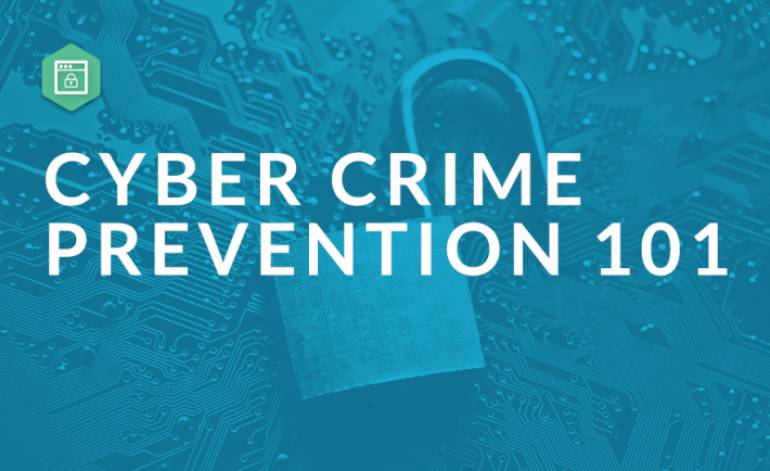In 2017, cyber-attacks, threats and data breaches, and major hacks dominated world headlines. According to Microsoft, these breaches were as a result of human error. As a result, for businesses to compete in the digital world, they must enhance their security to protect themselves from cyber-attacks.
Here are various ways you can protect yourself and your business against cybercrime in 2018:
In this article
Avoid Public Wi-Fi
The convenience of public Wi-Fi often makes you forget the need to be cautious yet the vulnerability risk of being hacked increases when using unsecured networks. Therefore, the best solution is to avoid public Wi-Fi when handling sensitive personal and business information on your device.
Always Backup and Update
Ransomware is a sophisticated piece of malware the bars you from accessing your files until you compensate the hacker. According to a report by Kaspersky, in 2017, ransomware attacks on businesses increased from 22.6 percent in 2016 to 26.2 percent. In 2018, these attacks are bound to be more malicious.
In order to protect yourself and your business from ransomware in 2018, avoid clicking on unknown links. You can also educate your employees to refrain from the same. Additionally, backup your data to the cloud to avoid paying to access your files.
Organisations and individuals can also protect themselves by updating their operating systems and frequently and installing the latest anti-malware software.
Protect Your Online Identity
63 percent of data breaches occur as a result of compromised identities, where a hacker steals our credentials to access your files. Compromised identities can be traced back to weak passwords followed by phishing attacks and breaches of third-party services.
Therefore:
- Consider changing your password every few months
- Create different passwords for different accounts and services
- Do not use personal information for your passwords
- Contemplate enabling a stronger authentication method besides a password alone to access your accounts
- Use multi-factor authentication features like Windows Hello, which logs you into your device with fingerprint and facial recognition technology.
- Try using the Windows Authenticator App, which sends you a security code, making it difficult for hackers to sign in even if they can guess your password.
Do Not Become a Victim of Phishing Attacks
Phishing occurs when a hacker poses as a legitimate company with the objective to steal information such as credit card details.
In 2018, these attacks could become more sophisticated where you cannot tell the difference between a legitimate request for information through email or phone call, from an illegitimate one.
To avoid this, educate your employees to be wary of emails from people and companies they do not know. Furthermore, ask them to never click on links in these emails as they could contain malware.



